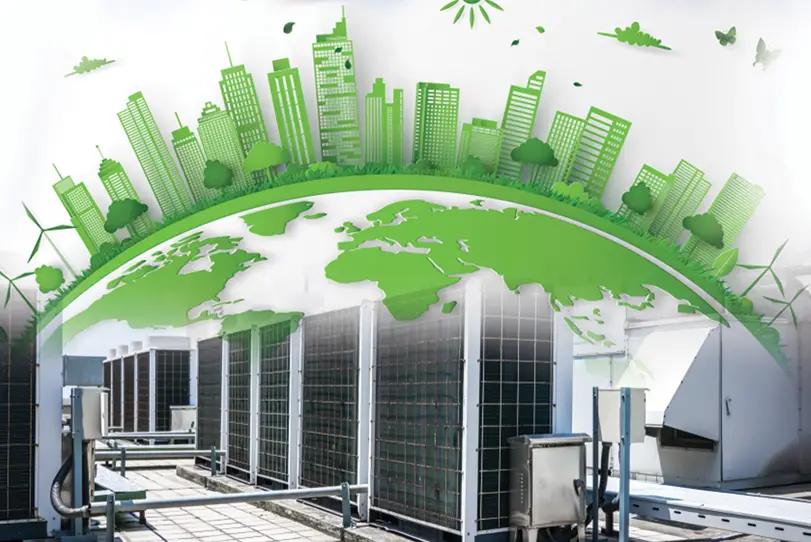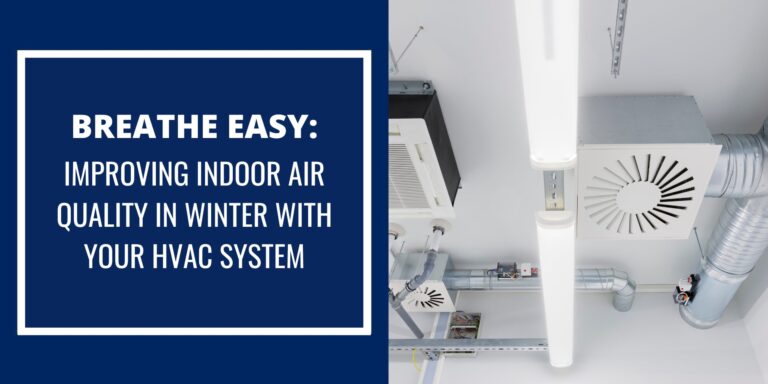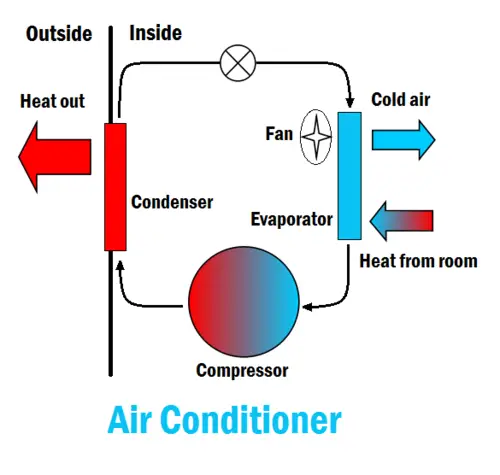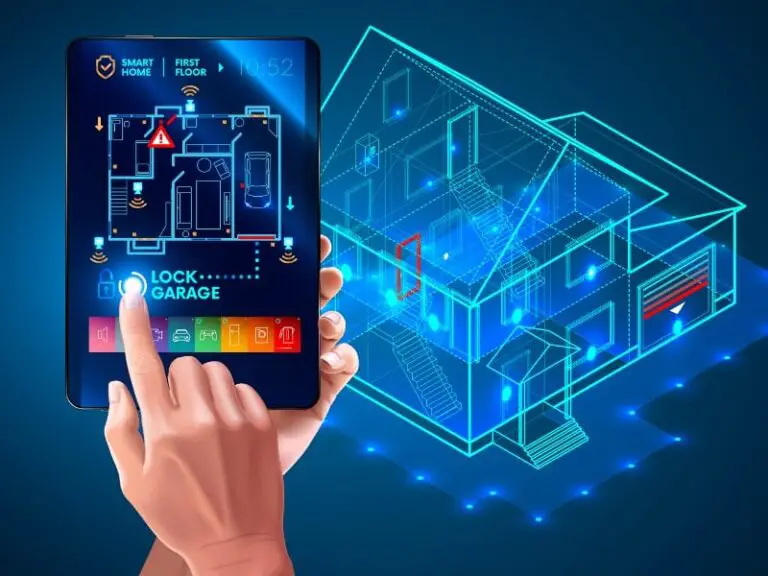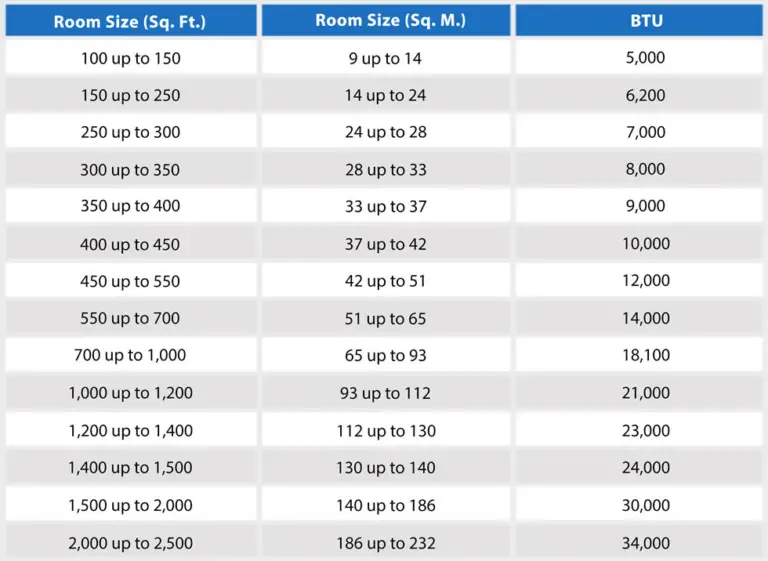Eco-Friendly Cooling: Green Initiatives and Practices for Central Air Conditioning Systems
In the fight against the environmental challenges of our time, every cool breath of air can be a choice between sustainability and further ecological strain. With the global climate shifting towards warmer temperatures, the demand for air conditioning and the energy it consumes is skyrocketing. But, what if we told you there was a way to enjoy cool, comfortable indoor temperatures while reducing your carbon footprint? This blog post explores the eco-friendly cooling practices and green initiatives that homeowners and HVAC professionals can adopt in their central air conditioning systems.
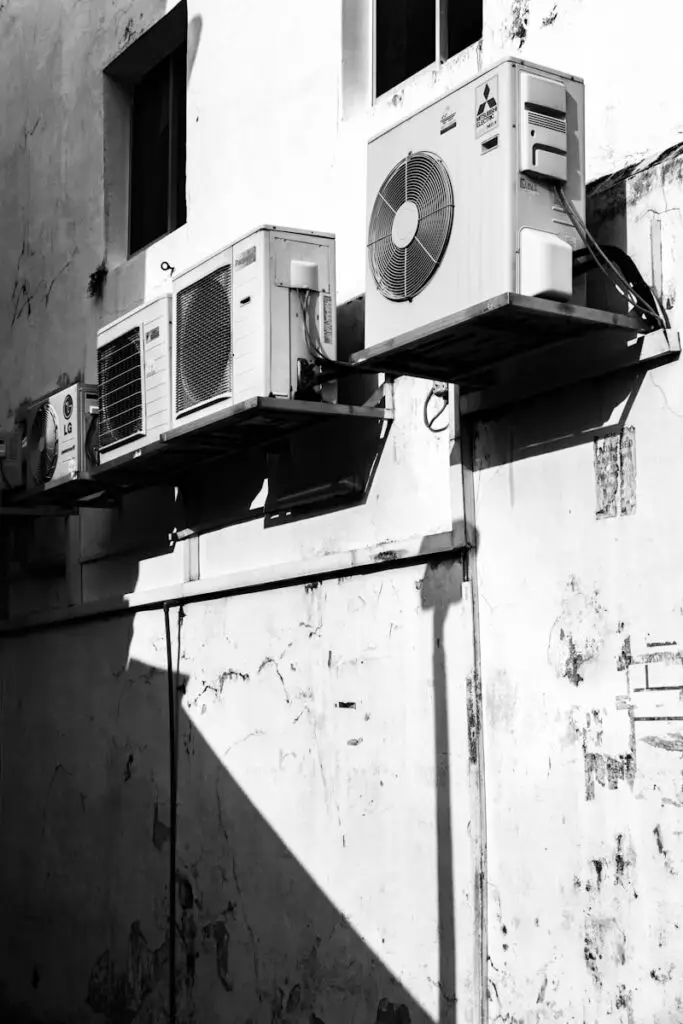
Introduction
The cooling industry, with an emphasis on central air conditioning systems, has seen significant technological advancements aligned with eco-friendly strategies. This post aims to showcase practical steps one can take to transition from energy-guzzling AC units to more sustainable options, while reaping the long-term benefits such a change can bring to the environment and personal finances.
Importance of Eco-Friendly Cooling
Central air conditioning has dramatically increased our standard of living, especially in the hot summer months. However, the environmental cost of cooling is considerable. Traditional air conditioning methods, especially those using older refrigerants or inefficient systems, can contribute to ozone depletion and greenhouse gas emissions, which in turn exacerbate global warming and climate change.
The Environmental Impact
According to the U.S Environmental Protection Agency, air conditioning-related greenhouse gas emissions in the United States alone account for roughly 117 million metric tons of carbon dioxide each year. The Environmental & Energy Study Institute states that air conditioning and refrigeration systems use almost a quarter of the global electricity consumption and are responsible for around 10% of annual global electricity demand.
Benefits of Adopting Green Practices
By adopting eco-friendly cooling practices, we can significantly reduce these figures. Upgrading to energy-efficient systems, properly maintaining and servicing your AC, and using improved insulation can cut electricity usage and your cooling-related carbon footprint. It’s not just about the big picture, either. Homeowners and businesses that make the switch can enjoy lower energy bills and a more comfortable living or working environment.
Green Initiatives for Central Air Conditioning Systems
From intelligent thermostats to entirely renewable energy solutions, there are myriad green initiatives available for central air conditioning systems. Here are a few essential steps you can take to cool your space sustainably.
Energy-Efficient HVAC Systems
The heart of an eco-friendly cooling setup is an energy-efficient HVAC system. When it comes to central air conditioning, one of the most straightforward and effective green upgrades is to replace outdated units with modern, Energy Star-certified models. These systems use advanced technology to consume up to 20% less energy than conventional models without sacrificing comfort.
Smart Thermostats and Automated Controls
The beauty of technology lies in its ability to make life more convenient and sustainable. Smart thermostats learn your schedule and preferences, adjusting the temperature intelligently to reduce energy consumption. Additionally, integrating your AC system with a broader home automation setup can allow you to control your cooling across various rooms, ensuring no energy is wasted in unused spaces.
Proper Insulation and Air Sealing
The efficiency of your central air conditioning system is only as good as your home’s insulation. Inadequate insulation and air leaks can lead to significant energy loss, as your cooled air seeps outside, forcing your AC to work harder. By properly insulating and sealing your home, you can keep cool air inside where it belongs, dramatically improving your cooling system’s effectiveness and reducing its energy use.
Regular Maintenance and Servicing
In the world of HVAC, an ounce of prevention is worth a pound of cure. Regular maintenance on your central air conditioning system can ensure it operates at peak efficiency, preventing costly breakdowns and prolonging its lifespan. Services like filter changes, duct cleaning, and periodic professional inspections are simple yet effective strategies to maintain an eco-friendly cooling system.
Case Studies and Success Stories
The transition to eco-friendly cooling is not merely a hypothetical ideal—it’s a tangible reality for many homeowners and businesses.
Residential Transformation
One case study to consider is a residential townhouse in a suburban neighborhood. By upgrading to an energy-efficient central air system and implementing smart thermostats, the homeowners reported a noticeable reduction in their monthly energy bills. With a modest initial investment, they were able to decrease their carbon footprint and enjoy the benefits of a cooler, greener home.
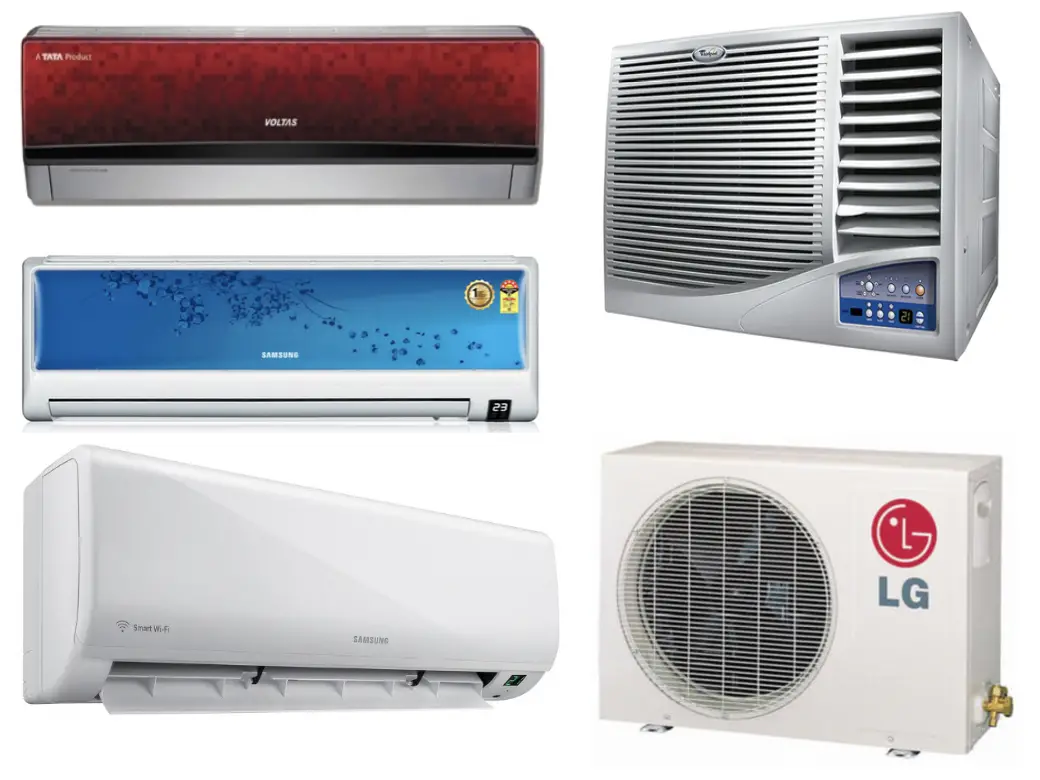
Corporate Commitment
Across the business sector, corporations are making large-scale commitments to more sustainable cooling practices. A noteworthy example is a multinational company that equipped its office buildings with high-efficiency central air systems and installed a central management platform to optimize cooling across its many locations. The investment proved beneficial both ecologically and economically, with reduced operating costs and a smaller environmental impact.
Challenges and Solutions
The path to eco-friendly cooling is not without its challenges. Most prominently, the initial cost of upgrading to greener technologies can act as a barrier for many homeowners and businesses.
Cost Considerations
The initial cost of installing an energy-efficient central air system or retrofitting an existing one with smart technology can be significant. However, it’s essential to view these expenses as investments that pay off over time through decreased energy bills and a higher quality of life. To mitigate the upfront costs, explore financing options, rebates, and incentives offered by manufacturers, utilities, and government programs.
Resistance to Change
Ingrained habits and the comfort of what is familiar can sometimes present resistance to adopting new, eco-friendly practices. One solution is to provide education and set attainable goals. By understanding the benefits and having a clear path, homeowners and businesses can warm up to the idea of change, especially when they can witness the positive impact on their cooling experience and the environment.
Government Incentives and Rebates
Many governments and local utilities recognize the importance of promoting energy efficiency and have established programs to support individuals

